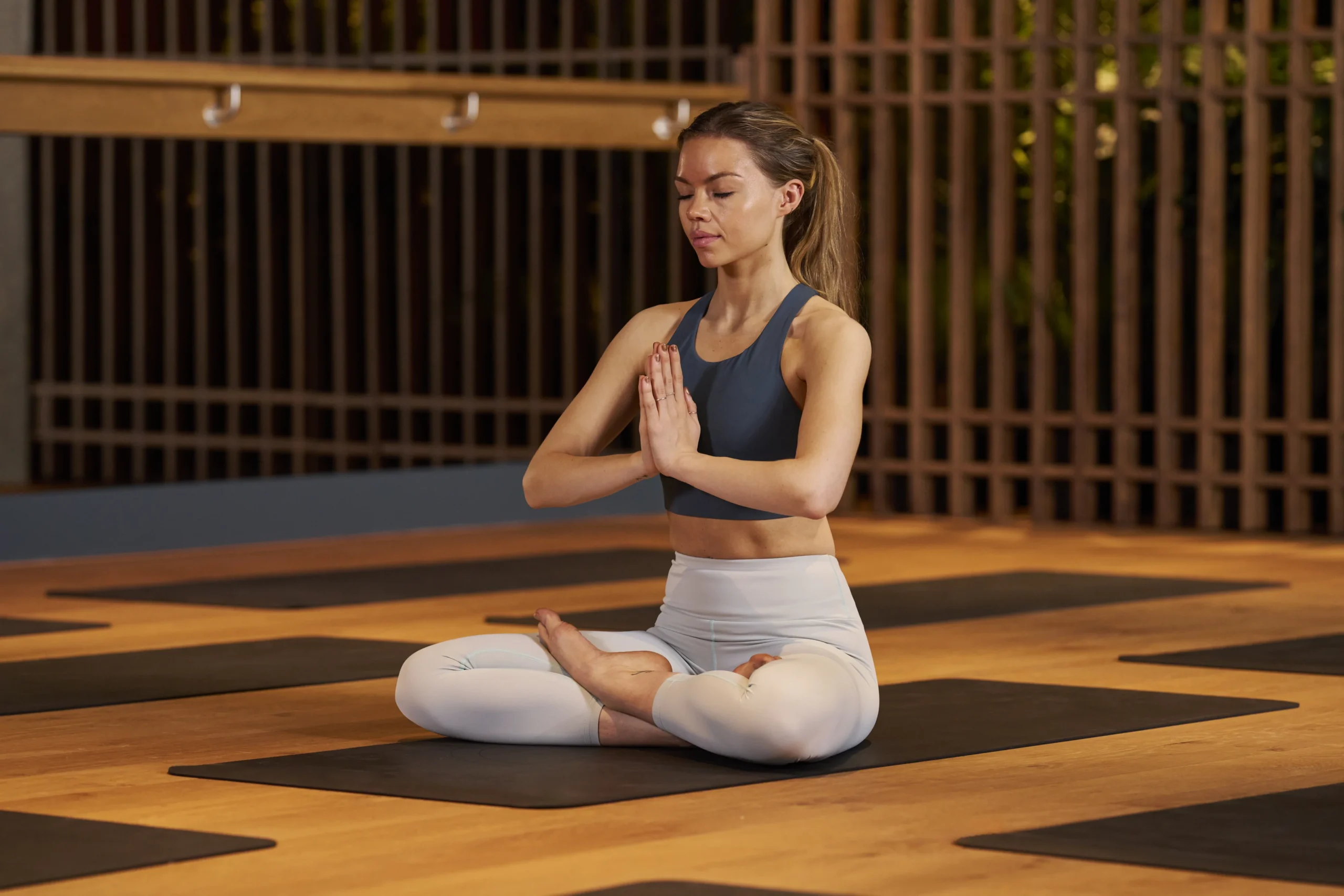
Unlocking the Secrets of Sleep: An Interview with Dr. Sophie Bostock
- Linkedin Share
- Twitter Tweet
- Email Share
- Copy link Copy link Copied to clipboard
Sleep is not just a nightly ritual; it’s a cornerstone of our health, performance and recovery. Dr. Sophie Bostock, founder of The Sleep Scientist, recently shared her expertise after joining Third Space for our Recovery Masterclass series, in partnership with WHOOP. In this interview, Dr. Bostock dives deep into the science of circadian rhythms — the body’s internal clock — and how they influence our sleep-wake cycles. From the hormones that regulate sleep to the powerful role of external cues like light and temperature, Dr. Bostock reveals how aligning with our natural rhythms can optimise sleep quality and overall wellbeing.
What are circadian rhythms, and why are they so crucial to our sleep-wake cycle?
Circadian rhythms, or “body clocks”, are the 24-hour rhythms which are built into our DNA. Every cell, organ and system in our bodies contains instructions to operate on a daily cycle of rest and recovery. Our brains and bodies have evolved to be active during daylight hours, and to sleep and recover at night.
There are many different hormones involved in our sleep wake cycle, but two critical ones are melatonin and cortisol. Melatonin’s circadian rhythm means it is released by the brain about two hours before our typical bedtime and helps to signal the rest of the body to prepare for sleep. Cortisol starts to increase before our usual wake-up time, and peaks rapidly within an hour of waking, to make us feel energised and ready to start the day.
The key point about circadian rhythms is that we thrive on consistency. If we get up at the same time each day, our brains and bodies learn to anticipate that wake-up time, and you’ll be woken by an energising increase in cortisol and body temperature before your alarm even goes off. Haphazard wake-up and sleep times make it hard to anticipate and prepare the body for what happens next.
How does the body’s internal clock synchronise with external cues like light and temperature?
Light is the major Zeitgeber or “time giver” which helps to sync our internal clocks with the outside world. Bright light lands on receptors in the back of the eye and sends a message to a master clock (called the SCN, in the hypothalamus) that it’s time to be alert. The master clock sends signals to the rest of the body to co-ordinate all the body’s functions to be ready for eating, socialising and physical activity during daylight hours, and upweighting repair and recovery functions such as sleep, DNA repair, protein synthesis, and immune function at night.
Temperature is another Zeitgeber. Internal changes in temperature help to regulate our sleep wake rhythms — a fall in core body temperature helps us to get into deep sleep. If our external temperature changes, this can interfere with our internal rhythms. For example, during a heat wave, if our bodies struggle to cool at night, we struggle to have a restorative night’s sleep.
Food can also act as a Zeitgeber. Eating breakfast in the morning helps to kickstart the body clock on our metabolism for the day. Conversely, eating too late can delay our internal rhythms, and interfere with a restorative sleep.
How do disruptions in circadian rhythms affect sleep quality and overall health?
Inconsistent sleep-wake patterns mean your internal rhythms can be out of sync with each other, and the outside world. This means the body is under stress and works less efficiently. Night shift workers, for example, are at higher risk of high blood pressure, diabetes, weight gain, infection and depression. They also often struggle to sleep during the day and will typically get an hour less sleep than day workers. This means that if you work irregular shifts, it’s even more important that you protect your health and compensate for circadian disruption in other ways such as eating healthy food, getting regular exercise, not smoking and managing stress.
Can exercise at certain times of day improve or disrupt circadian alignment?
Exercise at certain times can affect circadian timing. Exercising early in the morning can help ‘start the clock’ for the day, and shift your rhythms a little earlier, making us behave more like an early bird. Exercising late at night can have the opposite effect and delay our rhythms. Exercising in the middle of the day will not affect your circadian timing. Your core body temperature is usually highest around 4pm, so that’s a good time of day for activities involving speed and strength. If you exercise in the morning, be aware that your temperature is at its lowest at around 4am, so you’ll need to warm up gradually if it’s early.
What are the best practices for creating an environment that supports healthy circadian rhythms?
The key is consistent sleep-wake timing.
- Choose a wake-up window you can stick to six plus days a week — ideally within 30 minutes.
- Get plenty of exposure to bright light within the first hour of waking.
- Eat breakfast — preferably within an hour of waking.
- Finish your evening meal at least two and a half hours before getting ready for bed.
- Dim the lights two hours before bedtime.
- Use an eye mask or blackout blinds overnight.
- Keep your bedroom cool.



